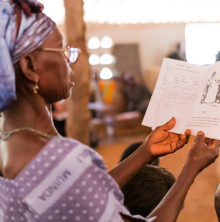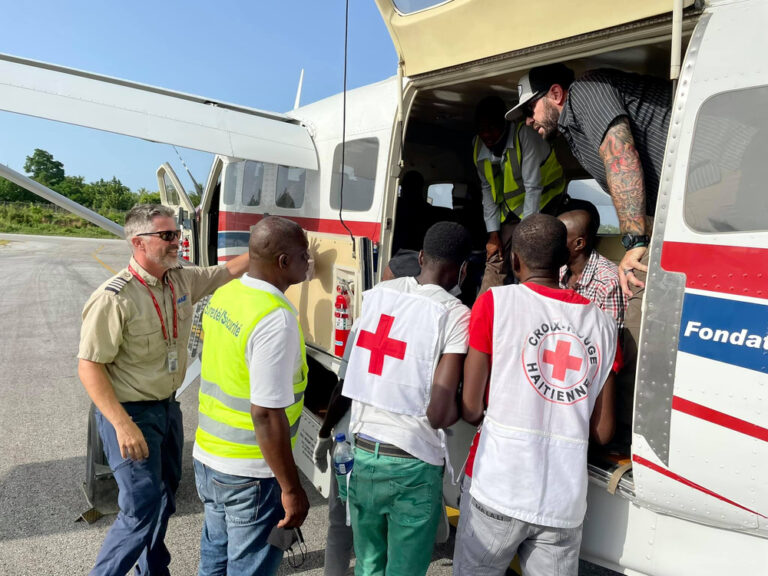Decades of service left a lasting impact for one MAF pilot and the people he flew
By Gene Jordan
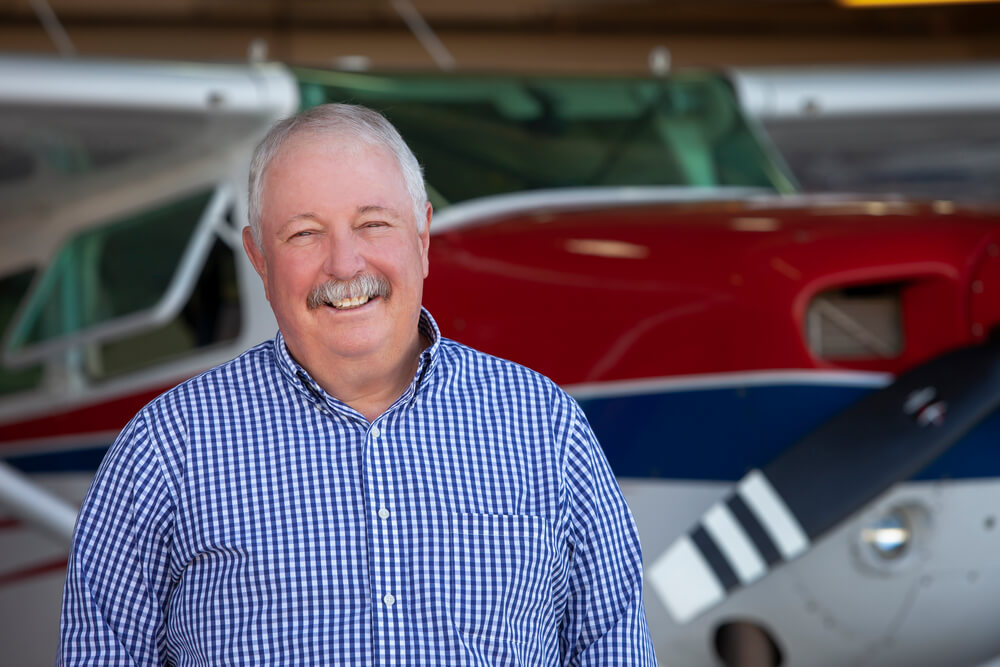
My parents went to Ecuador as missionaries in 1951. As a kid I heard about the “MAF airplane, flown by Uncle Nate, in the jungle.” When I was three years old, I got to fly in his little yellow plane, which would one day be the most famous missionary airplane. His story, and that of the other four missionaries martyred in the jungle in 1956, was very familiar to me; it helped shape my life.
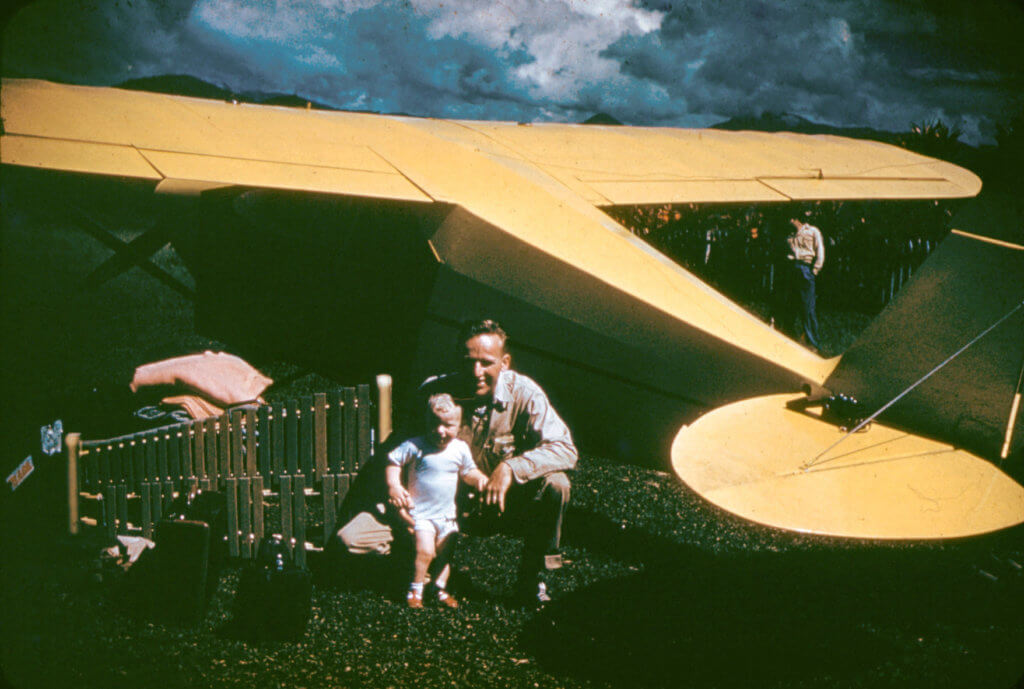
Throughout my high school years, I jumped at every opportunity to catch a bus from the Ecuadorian highlands down to the jungle where MAF operated. At the hangar, I weighed loads and fueled the airplanes. I washed mud off the planes at the end of the day and helped prepare for the next day’s flights, all with the hope of getting a ride in an MAF Cessna.
That hope was fulfilled! I flew with MAF pilots Dave, Glen, and Olie. I watched how they used their aviation skills to help people deep in the Amazon rainforest. I observed their tender care for the wounded and sick as they transported them to the mission hospital. I witnessed the pivotal role MAF played in knitting together different mission organizations, each with its unique ministries, working with different language groups in dozens of small, isolated, jungle communities. The common aim of each of these ministries was to introduce precious jungle people to their loving Creator. I decided to pursue a vocation with eternal significance: missionary aviation.
I joined MAF in 1977, after flight and maintenance training, and was assigned to . . . Ecuador! For the next 22 years I flew the jungle skies as pilot-in-command, where previously I had been a passenger. Those early MAF pilots were my models as I learned to appreciate what it meant to serve God through aviation.
I flew hundreds of flights for missionaries. Fresh vegetables, diesel fuel, medicine, and mail from home were all delivered by MAF planes to jungle stations. With a missionary hospital near the MAF hangar, I flew more medical emergency flights than I can remember. Community development flights meant clean water and rustic elementary schools. Baby chicks, the occasional live calf or a kerosene refrigerator were not unusual cargo. Jungle school kids who memorized Scripture verses were rewarded with a flight out to a week of camp, where they learned more about God and how He loved them. I flew the “JESUS” film to dozens of villages where, for the first time in their own language, people saw the gospel story. Passengers who previously worshipped evil spirits were now indigenous community church leaders. MAF would pick them up from their villages and fly them to a more central community to experience Bible training with other leaders. The MAF airplane was the linchpin of jungle ministry!
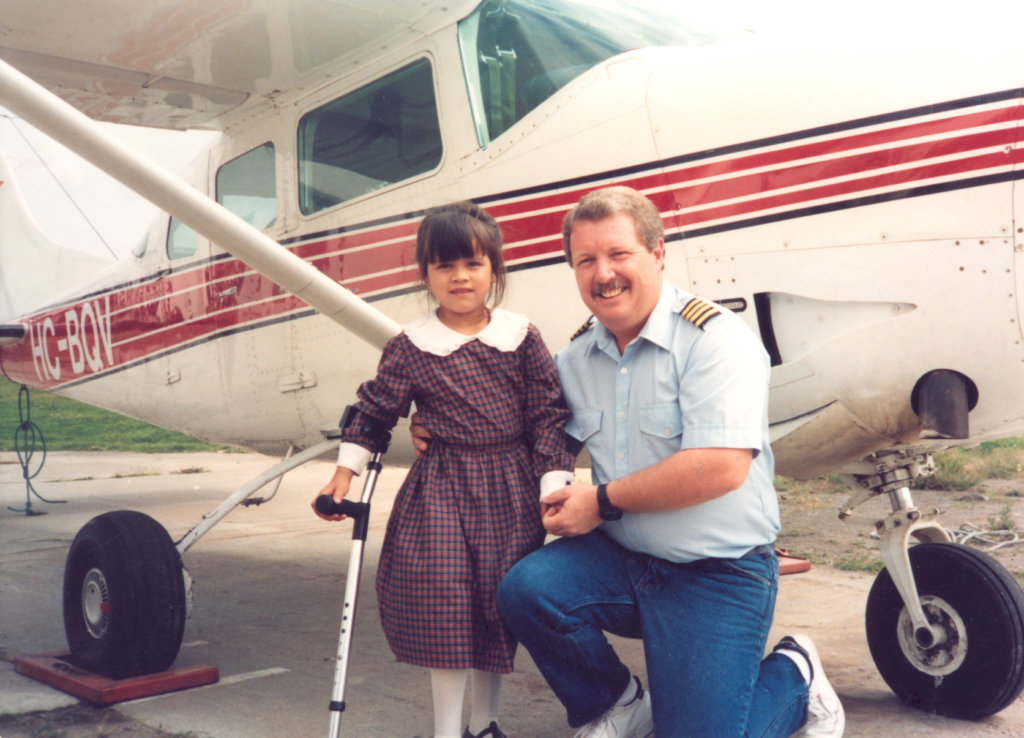
On a recent trip to Shell, Ecuador, a young woman approached me. “I used to fly with you when I was in the sixth grade. You made the airplane go down very quickly. I remember screaming with excitement! I watched you fly the sick people from my village to the hospital, and I decided that I, too, wanted to help them through medicine. Now I run the first aid clinic in my community. Do you want to see it?”
Her pride was obvious, but my gratitude was greater, because I knew that her story has been replicated in other remote villages, not only in Ecuador, but in many other countries where MAF serves.
Today the MAF hangar in Shell includes members of the Shuar and Achuar tribes. The director is a young man who attended my wife, Lynn’s, Good News Club as a kid. MAF continues to serve in the eastern jungles of Ecuador, where there are established church communities among the Shuar, Quichua, Achuar, and Waodani people. Those who once lived in spiritual darkness now have the Bible in their own language. Young people who flew with MAF as children are now Kingdom leaders in their churches, schools, and health clinics, and as an MAF pilot, I had the privilege of being a part of this transformation.
Even in our digital-fast world, MAF planes continue to be tools that facilitate and accelerate the care of physical and spiritual needs of people isolated by jungles or mountains throughout the world. While I’m most proud of my little corner of the Ecuadorian Amazon, I recognize that none of this would have been possible without the many of you who stand behind MAF with your gifts and prayers.
One day “a crowd from every tribe, tongue and nation” will sing together that “salvation comes from God, and the Lamb.” That’s why MAF does what it does!
Story appeared in the May 2020 FlightWatch, a special 75th anniversary issue:

